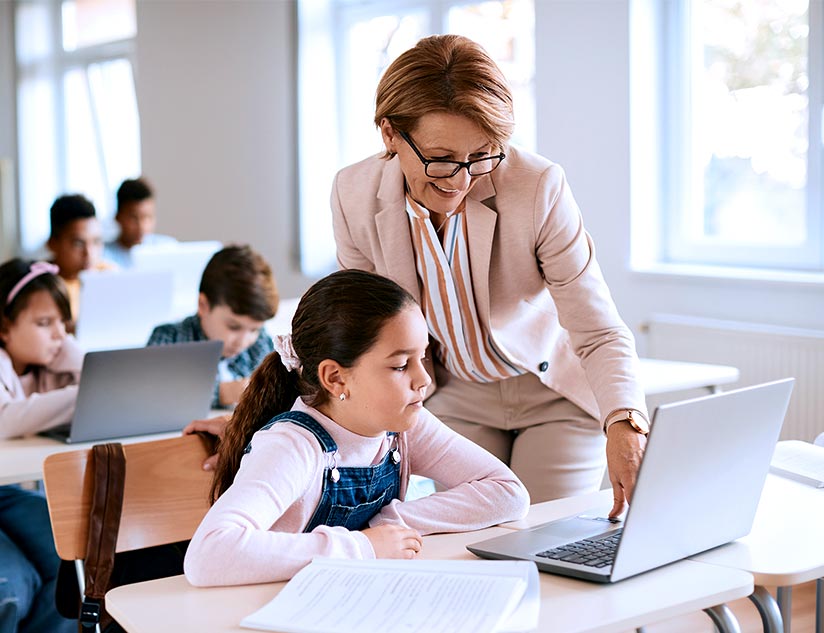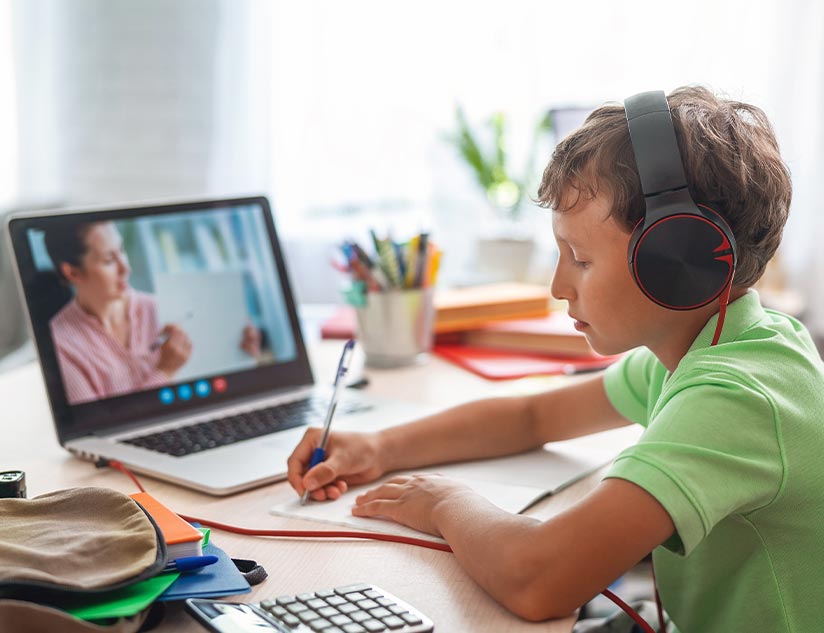It’s easier to mistake an approach for a solution, especially while discussing something as unique and compelling as the concept of flipped classroom. Envisioned as a masterstroke to restructure classroom learning, the secret to its efficiency lies in utilizing flipped classroom as a learning tool instead of being driven by it.
When educators flip a classroom while keeping a specific model in mind, the probability of failure increases. Flipping should be designed according to a subject’s need and the resources at hand while keeping the learners in perspective at all times. This directly attributes to an enhanced workload on any educator trying to implement such a flip. However, as lucrative as the proposed outcome of such a class may seem, it requires immense expertize in terms of technical knowledge to execute such a session. It also requires higher analytical skills to assess learners’ strengths and shortcomings to control class direction.
Based on these goals, the possible challenges posed by flipped classrooms could be categorized into two themes — learning-based and implementation-based. While the former encompasses issues that hinder learning, the latter discusses infrastructural/technical limitations and the resistance from teachers and parents comfortable with traditional schooling.
Learning-based challenges in K-12 classrooms could constitute:
Monitoring a student beyond the classroom: It’s almost impossible for an instructor to ensure that the students have gone through the learning resource provided prior to any classroom session. While MagicBoxTM allow page by page report of time spent by each student on a book, it’s possible that the student has just read the content without actually understanding it.
Instructors’ approach in a flipped classroom: All instructors might not be comfortable with this concept as soon as it’s implemented. The intricate details of analyzing learner feedback and tweaking the session in favor of the learning outcome can be a daunting task for most educators who are flipping for the first time. This also poses a risk of creating a generic negative response among learners that might hamper any subsequently flipped session they attend. It could not only hamper the learning outcome but also negatively affect students’ mindset toward the subject and subject teacher.
Preparing for the flip: Flipping requires additional resources before a classroom session, such as supporting multimedia. Creating such content can be strenuous and time-consuming. This could also de-motivate an instructor toward flipping classrooms, which, in turn, affects the entire learning process. However, it’s important to note that such a hurdle is typically faced only during the initial phase of implementation. Once an instructor gets comfortable creating such content, it can be reused and easily edited to accommodate changes, whenever necessary.
Some learners require personalized attention to fully understand in-class activities: It’s an established fact that all students follow a distinct learning style. This may well lead to a chaotic situation for an instructor in terms of designing classroom activities. If the standardized flipped classroom model is to be followed, the class time is utilized in reviewing the subject for a short span, after which the students either indulge in individual problem-solving related to the subject or involve themselves in a group activity.
It’s difficult to make compelling content: Social conditioning of our generation puts us in a sensitive spot when it comes to maintaining interest in any content for a longer span of time. Amidst this trend, it’s difficult to manage creating content that is not only short but precise to cover the important instructional aspects of the subject to be taught. It’s not uncommon to lose interest while watching a video, wherein an instructor keeps lecturing for an hour or longer, with minimum or no voice modulation, while also lacking exciting inculcation of infographics.
Spot query resolution: Unlike a classical setup, the students face an eminent disadvantage during flipped sessions as there is no provision to ask questions while watching a video or checking other such learning resources. It’s worth mentioning that there is little control an educator can have in countering this issue because of its fundamental requirement of having the presence of the educator during the lecture.
A bad attitude: What if a student decides to selectively only attend the resources provided as lecture material while skipping the classroom sessions? It technically exhibits the student’s dismissal of the importance of the following classroom-session, subtly diminishing the benefit of the flip altogether.
Although flipping models can be customized according to subject needs and resource availability, there is a minimum technological requirement to ensure a successfully-flipped class.
Implementation challenges would consist:
Resource availability: To create interactive content as well as to access it a functional internet connection might not always be accessible at every given time, to everyone. In such cases it is important that all the content is available for studying even when the student is offline i.e. not connected to the internet. MagicBoxTM is one such platform which offers offline access to all content as well as offers an extensive insight to teachers allowing them to particularly focus on the individual needs of every student.
Institutional & parental resistance: Being a freshly-conceived concept, flipped classrooms can face a lot of criticism from not only parents but faculty members who are strong advocates of the classical model. It’s sometimes difficult to change the archaic mindset that prevents educators and parents from envisioning its benefits over the traditional model. Some educators consider this to be an approach in eliminating the need for teachers from the classrooms without realizing their crucially-transformed role. Instead of authoritatively dictating a lecture, teachers would step up to become important allies on the path of learning.
It’s not impossible to overcome these concerns. Having well-trained educators, who periodically update their knowledge by familiarizing themselves with new models and tools implemented globally by their peers is a necessity to bring such a change. On the other hand, education content publishers need to carefully design precise and easily accessible content that can reach students of all socioeconomic backgrounds.
Another important aspect is to educate the masses regarding the benefits of such an approach by demonstrating real-time statistics provided by innumerable researchers working across the globe in the field of education. These issues should not be a limiting factor but rather a compelling reason to create solutions for the classrooms of today and tomorrow.














